Okabe Shuku Oohatago Kashibaya
Okabe-shuku was the 21st post town on the Tokaido Road. This lodge was used as an inn for travelers during the Edo Era. Now it is open to the public as a museum. Visitors can learn about the lifestyle of people during that time period. The restoration of this inn was completed in March 1998. In October of that year, the inn was designated as a national tangible cultural property. It was opened to the public on November 2000. Admission is 300 yen. Shoes must be removed when visitors enter.
As visitors enter they are met by the proprietress and two guests.
Below is the inn’s front desk.
The front windows and doors can be removed or rearranged to control entry.
The inn is two floors and full of displays.
These are ceramic pillows. They don’t look comfortable to me.
This shows the guests enjoying a meal.
In this display, I was drawn to this cloth bag.
This miniature display was my favorite.
This view looks down from the second to the first floor into the kitchen.
These steps are rather steep!
The chest of drawers below has shoulder straps so it can be carried while traveling.
These shoes are for guests to wear to cross over to the bath.
Back to the first floor and the kitchen.
This is a working well. You can shine the light down and see the water.
Looking out to the garden.
Courtyard
The sky opened up.
This is an interesting, historical place to visit! (Even when it rains).






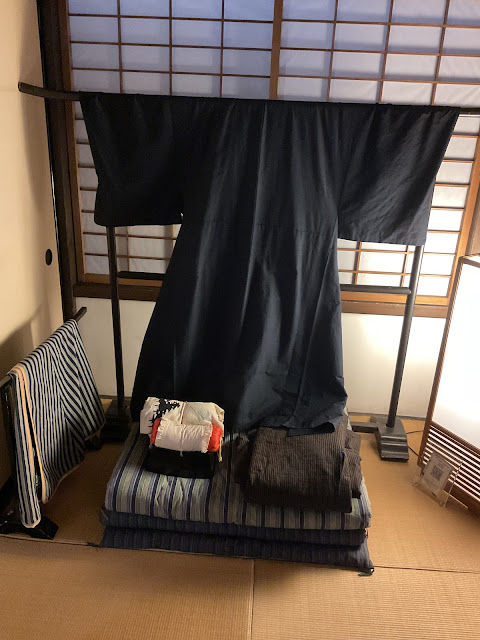





























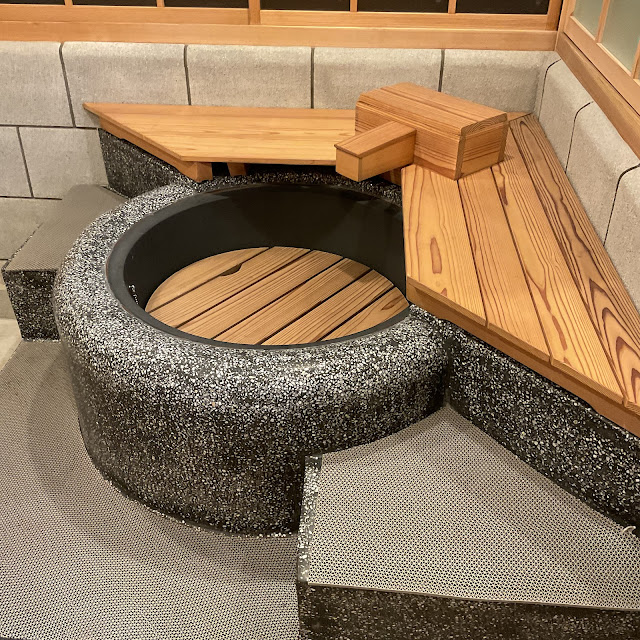













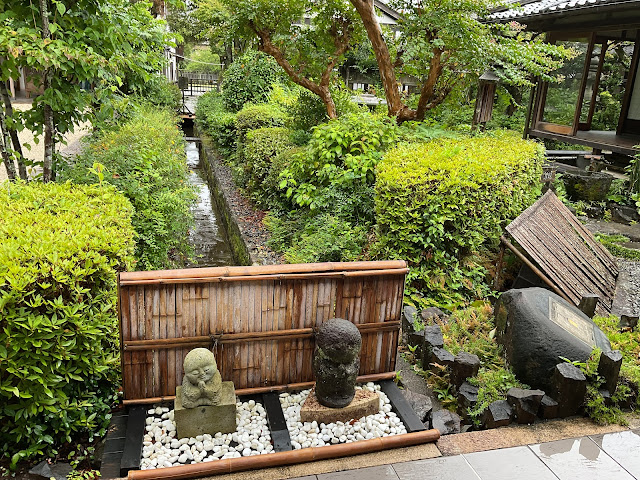

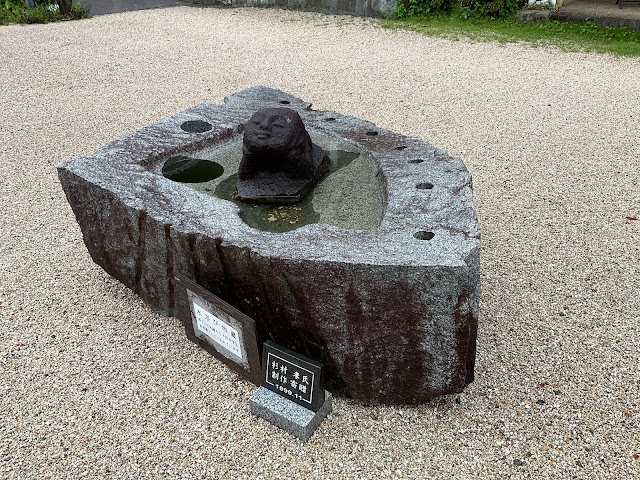


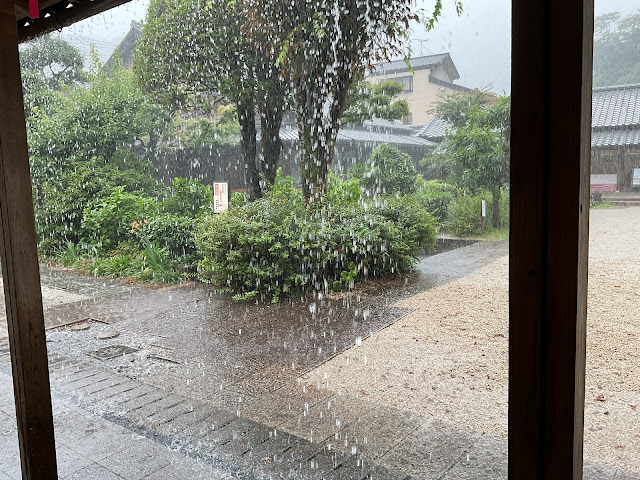


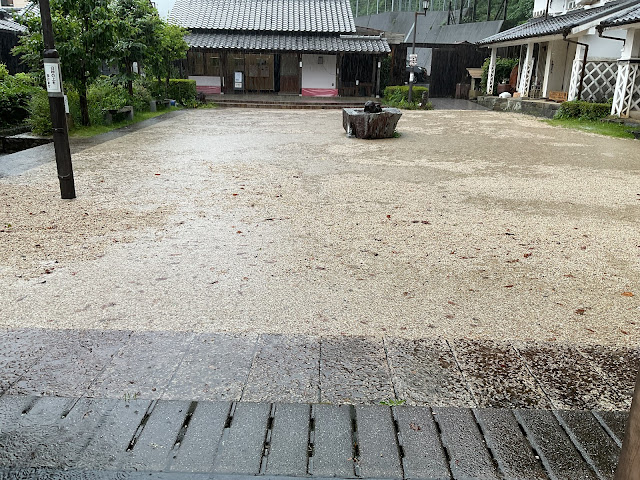
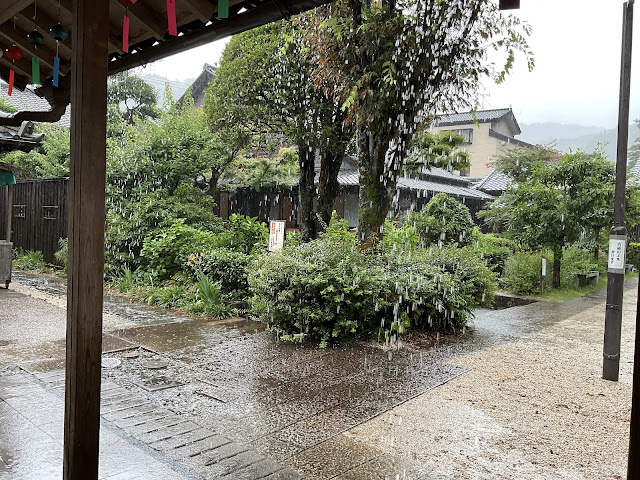
4 comments:
Thank you for posting so many photos. This is very interesting.
I live near Shinagawa Juku, the first station on the Tokaido. There is no museum like this with all the displays and real-size settings so I liked the dolls, made especially for the house. They make it easy to understand life at an inn.
The large number of woodblock prints depicting life at a way station are very useful to recreate the scenes, too.
Among the things, both in the inn, and the goods the travellers carried with them are not that different from today: the check-in counter, room service, set meals on a tray (TV-dinner?), choice of pillows (although the ceramic ones are suitable for keeping one's coiffur tidy as you rest your neck and not your head on them), razor, earpick, scissors, tweezers, lunchbox with chopsticks, foldable seat, even the inkwell makes you think of a smartphone!
It is easy to imagine oneself in this setting.
The kimonos on hangers were they for visitors to the museum to dress in and have their photo taken?
Hi Pamela: Wow the ceramic pillows, oh my those steps are very steep.
Thank-you for sharing some of Japan's history with us.
Catherine
You've taken us to many wonderful places but this might be my favorite. It looks fascinating. (Although I'm with you on the ceramic pillows not being very comfy!) So many intriguing details!
What an interesting place! I'm sure this was very comfortable for the time, but wouldn't hold up to hotel standards today at all.
Post a Comment